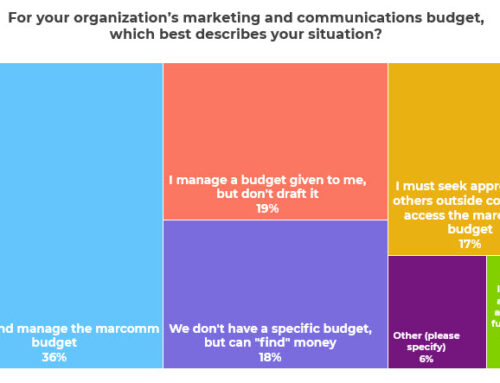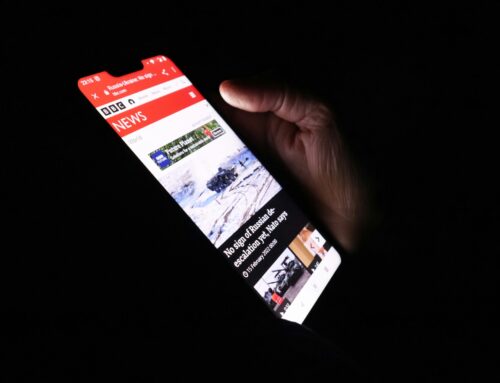 I’ll share my three predictions for nonprofit marketing in 2010 with you in just a second, but here’s one prediction that I know for a fact will come true: I’ll keep referring you to Beth Kanter for all questions social media that are too difficult for me to answer. You all have a lot of great questions, so it feels like not a week goes by where I don’t send someone off to Beth’s Blog for answers. She will continue to reign supreme in 2010 and beyond.
I’ll share my three predictions for nonprofit marketing in 2010 with you in just a second, but here’s one prediction that I know for a fact will come true: I’ll keep referring you to Beth Kanter for all questions social media that are too difficult for me to answer. You all have a lot of great questions, so it feels like not a week goes by where I don’t send someone off to Beth’s Blog for answers. She will continue to reign supreme in 2010 and beyond.
Today is Beth’s 53rd birthday and with this post, I’m joining 53+ other bloggers in thanking Beth for all that she has given us, and will continue to give us. Thank you, Beth, for your great wisdom, insight, inspiration, prolific blogging, and most of all, your generosity to the nonprofit community! If you want to say thanks, Beth is asking friends to help her send 53 students to school in Cambodia, which is where she adopted her two kids. I’m making a donation right after I post this, and I hope you will too.
Now on to my other predictions . . .
1. Social Media is Real Life so “IRL” Should Die
Everyone agrees: Social media is here to stay in one form or another. It’s changed forever the expectations people have about sharing information and opinion with others. People use “IRL” online as an abbreviation for “in real life.” In 2010, IRL is obsolete, because we all realize by now that when we communicate with each other online it’s just as real as when we do it in print or even face-to-face.
Social media isn’t a monologue, or even a dialogue, but a trialogue. Rather than isolating people, the use of social media and other online technologies increases how well-connected people feel to each other and to the causes they love. In 2009, we saw many examples of how online tools are bringing people together offline (Tweetup anyone?). Friends are the new filter for information overload.
If you still think of your online strategy as something wholly apart and different from your “IRL” communications strategy, you are doing it wrong. Stop, and learn to merge.
2. More Nonprofits will Experiment with Real-Time Communications
We expect current information and answers to our questions instantaneously. Mobile Internet access (e.g. smartphones) is narrowing the digital divide. We can get and give info/opinion anywhere, anytime, and now with a geographic overlay. New apps allow people not only to share, but to self-organize (e.g. FourSquare.com, GroundCrew.us, Plancast.com) Guess where I learned about two of these sites.
Can I read your e-newsletter on my Blackberry? What’s the most useful, timely, interesting or exclusive stuff you do? What would your supporters like to know in real time (is there something they’d like to track or be alerted about)? Can you deliver it via text messages or Twitter? Think about ways to share the here and now with your supporters, as it is happening.
3. To Succeed Online, You Have to Think Like a Media Mogul
You aren’t just a communications director. You are a content creator, a publisher, a broadcaster. Heck, you are your nonprofit’s resident media mogul. Instead of sending a press release to your newspaper, TV station, and radio station, you are producing your own e-newsletter, podcast, and YouTube channel. You even have your own versions of the 24-hour cable news networks — they are your Twitter and Facebook accounts. Your blog is your nonprofit’s reality TV show.
It’s a lot to manage, but try to manage it you must, if you want your supporters to really connect with what you are doing, and to make it a part of their own lives. This is communications in 2010 . . . it’s multi-channel, real time, transparent, and personal. It’s what people are getting in all other aspects of their lives and I bet the nonprofits that do it well will be rewarded with more attention from their supporters.
So what do you do with these trends and how do they affect your 2010 marketing strategy? That was the topic of last week’s interactive conference call. If you missed it, you can listen to the mp3 recording and download the two-page handout when you purchase an All-Access Pass. The handout includes basic, intermediate and advanced steps for addressing each of these trends.






